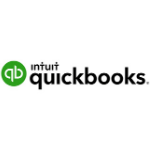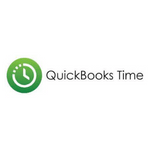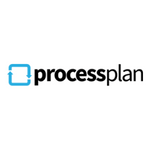How to move your online business to a bricks and mortar retail space
Are you thinking about making the switch from online to a bricks-and-mortar store? We can help with some of the big questions to ask yourself before you open your retail space.
Running an online business has become a reality for a huge number of business owners in recent years. There are an estimated 12 million-24 million eCommerce sites across the globe and those numbers have risen sharply since the pandemic. But although online shopping may be convenient, there’s still a real desire for physical shops and in-person retail.
So, if you’ve been running a successful eCommerce business or online side hustle, should you be thinking about getting yourself a brick-and-mortar retail space?
Let’s take a look at the core reasons why a physical space might be right for you.
Why move from online to bricks and mortar?
In short, it’s about one key thing: face-to-face selling to your customers. Yes, people can buy your products online, but in a retail space they can see the products with their own eyes, pick them up, get hands-on demo and generally get to know the things you produce.
There’s also the invaluable relationship-building advantage of having you and your team members on hand to ask questions. People buy from people, and you’ll build a much stronger seller/consumer bond when you’re both in the same room at the same time.
So, having that retail space has many tangible advantages over online. But there are also several key differences to running an online shop and a physical store.
Seven ways to successfully turn your online business into a physical store
One of the big attractions of running an online business are the simplicity, minimal hardware and low operating costs involved. Opening a physical retail store is a very different story and will mean you reassessing your strategy, promotion and operational budgets.
So, what are the big considerations before you take on that new retail space? And what can you do to make this transition as smooth as possible?
To get started:
- Define your core audience – it’s important to know your audience and how these existing customers might be transitioned over into a real-world audience. Look at your sales stats and CRM data to work out where your customers live, how much you can expect to sell in a quarter and where the best locations for a store might be.
- Know what your customers want – think about surveying your existing customer base to ask if a) they are interested in a physical store b) what products they’d love you to sell in the store and c) what they would want from their in-store customer experience.
- Decide on a retail location – location is vital, so think hard about where you open your first store. It’s sensible to locate your retail space in a town where you already have an existing online customer base and where footfall is good. But you also need a location where rent/rates are cost-effective enough for you to run the store with a profit.
- Define your in-store product range – the limitations of physical retail space won’t allow you to sell every item in your online store. Instead, you’ll need to decide on a core product range for the store, one that highlights all your best-loved items. Remember, this is a literal shop window for selling your business, so think carefully about what you stock.
- Rent or buy a property – in most cases, leasing an existing retail space and becoming a business tenant is your best bet when starting out. This will kickstart your real-world presence, but it’s sensible to aim for ownership of a property at some point in your journey. Ownership gives you the freedom to redesign and rebuild the space as you want, and the property will also become an asset on your balance sheet.
- Work out your costs and budget – as we’ve already mentioned, running a physical retail space can be much more expensive than going the eCommerce route. It’s vital to work out all your monthly overheads and to forecast your predicted sales and revenue. This allows you to work out if you can run the store in a profitable way, and where slimming down your costs and overheads will keep you on budget.
- Consider all expenses – don't forget to include essential expenses in your costings and budget. Remember to include costs like business rates on the store, utility bills like electricity, gas, phone and internet and the extra public liability insurance you’ll need to run a physical shop and keep your customers safe.
Talk to us about setting up your bricks-and-mortar store
Making the switch from online retailer to real-world retailer is a BIG step.
There are plenty more operational areas to think about and your costs and overheads will become a lot more complex. But, opening your first store could well be the start of a brand new chapter in the growth and success of your business.
If you’re looking to make the jump into a bricks-and-mortar store, do come and talk to us















